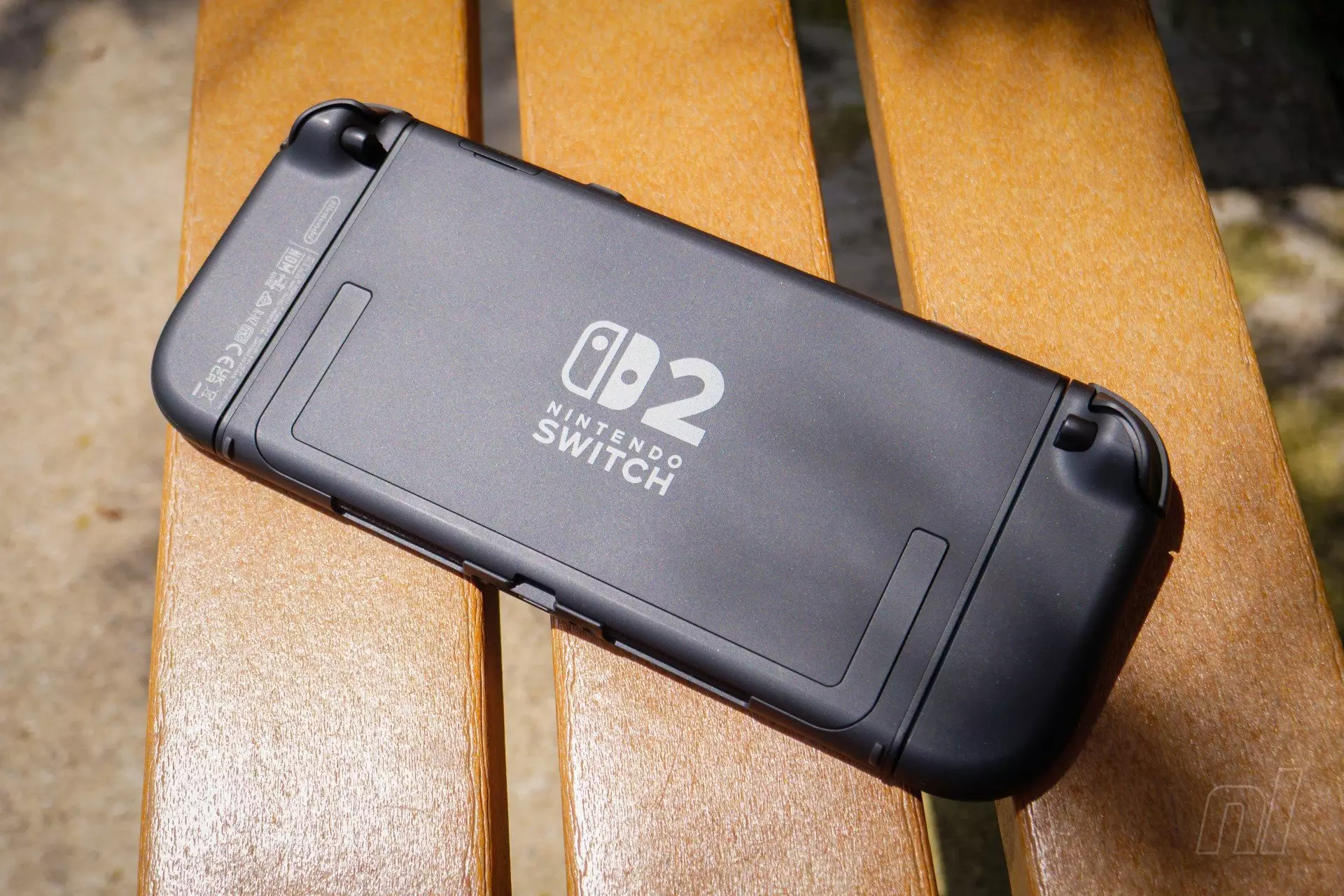In recent years, Nintendo’s unwavering commitment to safeguarding its intellectual property has become more evident and aggressive, especially with the launch of the anticipated Switch 2. At the core of this new approach lies a fierce crackdown on game piracy and unauthorized copying, but this crackdown extends far beyond just anti-piracy measures. The reigning concern now is how Nintendo’s methods may inadvertently entrap legitimate consumers—particularly those who purchase secondhand games or consoles. While the company’s protective stance is understandable given the extensive piracy issues it faces, there is a growing voice of dissent suggesting that these measures are tipping into overly restrictive territory.
This recent development, where Nintendo is actively banning consoles detected playing copied software—even if they are legitimately bought secondhand—is a stark demonstration of the company’s aggressive posture. For the everyday gamer who relies on used equipment to save costs, this creates a precarious scenario where legal ownership does not necessarily guarantee unfettered access. Such policies blur the lines between protecting intellectual property and penalizing consumers who believe they are engaging in legitimate transactions.
The Myth of “Clean” Ownership and Its Pitfalls
What complicates matters further is the possibility of owning an item bought through reputable channels—such as Facebook Marketplace or secondhand stores—and still becoming ensnared in Nintendo’s increasingly vigilant detection system. A seemingly innocent purchase can turn into a nightmare when a previous owner or a malicious actor has manipulated the game card or console credentials, clandestinely running pirated software or modified cartridges via flashed firmware or flashcards like MiG.
The case highlighted by Reddit user dmathey exemplifies this unnerving scenario. A legitimately purchased Switch 1 game turned into a liability after an encounter with a pirated version previously used to exploit the hardware. When the new owner loaded the game onto their Switch 2, Nintendo’s online monitoring detected the game’s activity across multiple devices, resulting in an immediate ban. The console became inaccessible for online services, and the user was left facing an arduous process to clear their name. Yet, remarkably, a direct conversation with Nintendo’s support team alleviated the situation fairly quickly—highlighting both the company’s willingness to resolve issues and the underlying chaos caused by pre-owned titles.
This sequence of events underscores a troubling truth: owning a legitimate game does not necessarily equate to a secure or straightforward experience. It reveals an ecosystem where the history of a product—often invisible to consumers—can determine its fate in the digital realm. The policies seem designed primarily to enforce compliance, but inadvertently penalize honest gamers caught in the crossfire.
The Subtle Shift Toward a Digital Enclosure
Nintendo’s approach signals a more profound shift toward digital rights management (DRM) and ecosystem control. While these tactics might curb piracy, they tend to erode consumer trust, especially among those who value ownership and fair use. Critics argue that such policies lean toward creating a “walled garden,” where consumers are monitored, restrictions are layered, and the burden of proof often falls on them.
The fact that a Nintendo representative responded swiftly, requesting proof of legitimate ownership, suggests a strategy that combines empathy with control—yet it also highlights the surveillance power the company wields over its hardware and software. The potential for false positives, accidental bans, and complex appeals processes suggests an ecosystem increasingly governed by algorithms and security protocols that can be difficult for average consumers to navigate.
In the broader context, Nintendo’s stance appears to prioritize corporate interests over user rights, a move that could alienate loyal gamers who appreciate openness and flexibility. As the gaming industry evolves, the tension between safeguarding content and respecting consumer rights will only become more pronounced. Because of this, consumers must remain vigilant—documenting purchases, saving chat histories, and taking proactive steps—if they hope to navigate this tightly controlled landscape without falling victim to its pitfalls.
Ultimately, Nintendo’s aggressive policies reflect a broader industry trend—one that balances innovation and security with the risk of overreach. Whether these measures will foster a healthier gaming community or stifle consumer freedom remains a debate that’s only just beginning.

